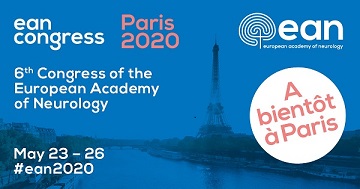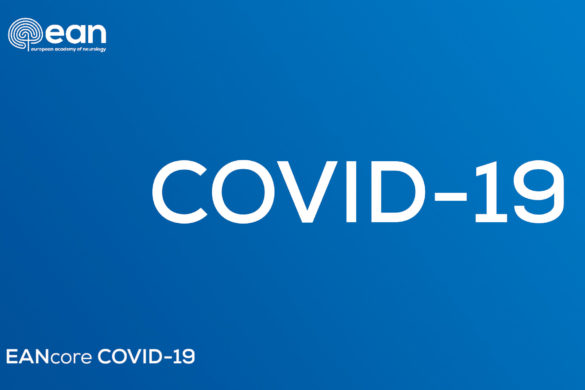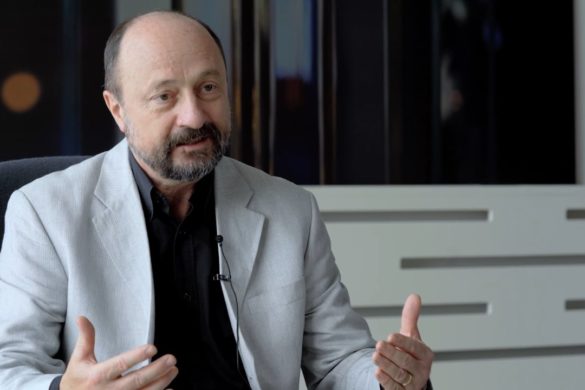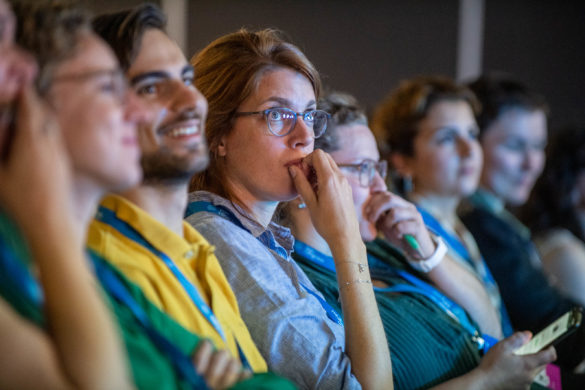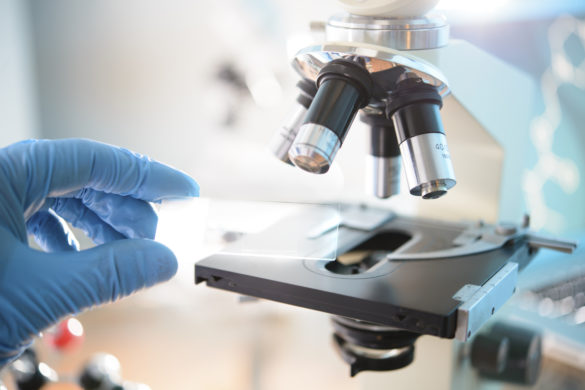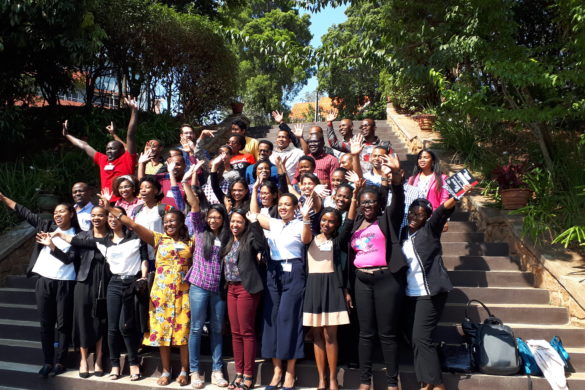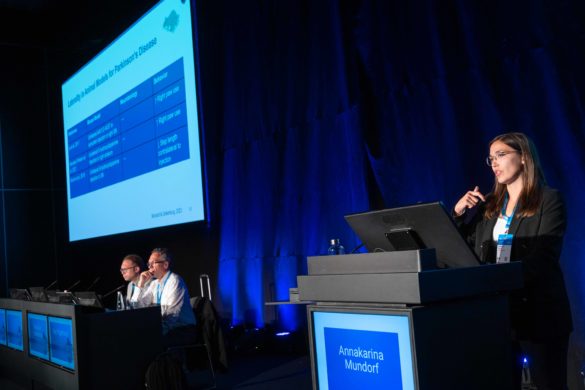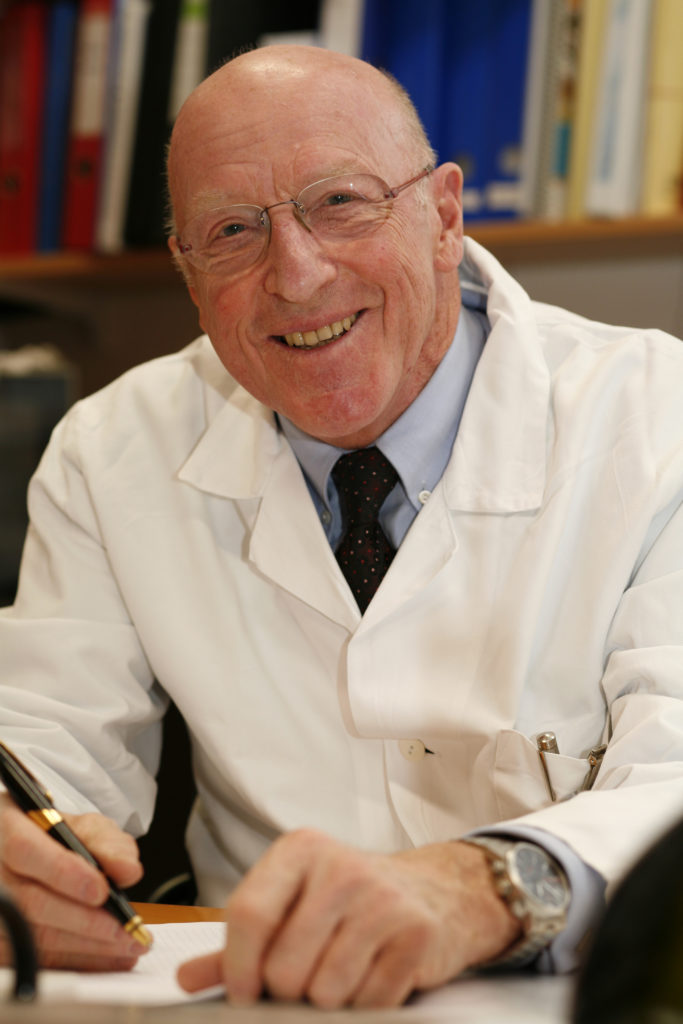 David Vodušek (DV): Can you briefly illustrate the structure and mission of the International Neuro-Urology Society (INUS) to the EANpages readers?
David Vodušek (DV): Can you briefly illustrate the structure and mission of the International Neuro-Urology Society (INUS) to the EANpages readers?
H. Madersbacher (HM): The International Neuro‐Urology Society (INUS) is a charitable, non‐for‐profit organization with the aim of promoting worldwide the clinical care of patients with neuro‐urological problems by raising awareness for Neuro-Urology and to increase its visibility. The INUS is the only society that focuses exclusively on Neuro‐Urology. The society was founded in August 2015, and immediately 62 experts in Neuro‐Urology from different countries and continents joined the society. Within the first 18 months of its existence the membership increased already to 152 members. The domicile and administration of the INUS is located in Bern (Switzerland), since we are currently working in close collaboration with the Swiss Continence Foundation (www.swisscontinencefoundation.ch)
DV: How does the INUS spread knowledge on current and future medical care and research in neuro-urology?
HM: We want to promote Neuro-Urology with:
(a) Education; with the help of courses, seminars, scholarships, and updated information on our homepage (www.neuro‐uro.org), which comprises also a Forum where all members can communicate. During the 18 months of existence, 13 courses either as-stand-alone events, or as a joint venture, as well as the INUS lectures, have been organized. We have already a close collaboration with the International Continence Society (ICS), with the Panarabic Continence Society (PACS) as well the Brazilian Urological Society. We really hope to collaborate in the future also with the EAN for instance for sharing joint ventures.
(b) Research; amongst others, we will offer scholarships to young researchers interested in Neuro‐Urology, and we are currently building up an animal research database, and also a clinical database for neuro‐urological patients.
(c) Founding national chapters in all major countries.
DV: The Neuro- urology unit in Innsbruck is quite unique as it is closely integrated with the Neurology department. Can you describe your experience with such a setting?
HM: In 1974 I was asked to build up a Neuro-Urology service for a nearby Rehabilitation Center with a Spinal Cord Injury Department. I learned that this service was extremely useful, not only for the patients, but also for the collaboration with the rehab doctors and neurologists. During the years of my service in there, I got convinced that such a service should not only be offered to spinal cord injured patients, but also to the many other patients suffering from neurological diseases with consequent neurogenic lower urinary tract dysfunction.
In the nineties of the last century, I got the chance to build a Neuro-Urology Unit at the Innsbruck University Hospital, integrated into the Department of Neurology. I am still very thankful to Prof. Dr. W. Poewe, Director of the Department of Neurology, now and then, for generously supporting this project. Although integrated in the Department of Neurology, we got access to beds and operating facilities in the Department of Surgery. Consequently, one of my deputy chiefs was a neurologist taking care of the diagnostic work-up and conservative therapy, and the other one was a urological surgeon taking care of operative treatment. The collaboration again was very fruitful and of mutual benefit. Neurologists could see what urologists can do for their patients with incontinence and impaired voiding, and we could send our patients to them for further work-up if needed, with the benefit for the urologist to better understand the underlying pathophysiology.
In 2017 this Neuro-Urology Unit still exists, collaboration is ongoing and has definitely improved the urological management of neurological patients.
DV: The EAN works towards establishing closer cooperation with the related sub-specialties. Do you see interesting possibilities of cooperation between INUS and EAN?
HM: Already in 1971, in the forward of their book “Neurological-Urology“, E. Bors and AE Comar stated that “Neuro-Urology can only be understood by combing thoughts and methods of Neurology and Urology and Neuro-Surgery, Psychiatry, Traumatology and Rehabilitation Medicine.” This statement is especially true for Neuro-Urology. Collaboration between EAN and INUS should be of mutual benefit. We would like very much to collaborate with the EAN, starting with joint ventures. We would very much like to invite the EAN to participate actively in our meetings, and we would appreciate if we could also contribute to the EAN meetings with lectures and courses.
Neuro-Urology is a highly dynamic, rapidly developing and relevant specialty bridging both neurological and urological aspects of diagnosis and management, allowing to span beyond each medical specialty. Moreover, collaboration at the scientific level would be one of our main aims. With the help of our Forum and the Database that we are currently building up, we would like to initiate multicenter studies on various still unsolved issues in Neuro-Urology. Having a neurologist in such a team would surely increase the quality of the study. To meet the future challenges in teaching Neuro-Urology, it is our responsibility to pave the way for further scientific and clinical development and support the next generation in Neuro-Urology.
Prof. Madersbacher, thank you for this very informative interview. I wish you and the INUS further success.
Prof. David B. Vodušek
Chair, EAN Liaison Committee
International Neuro-Urology Society (INUS)




